It was with the Óbidos Lagoon as a backdrop that we drove for the first time the plug-in hybrid variant of the renewed SEAT Tarraco, called e-HYBRID.
Unveiled to the world at the 2019 Frankfurt Motor Show, the SEAT Tarraco e-HYBRID is just now on its way to the Portuguese market, next June, with prices starting at 47 678 euros.
After the plug-in hybrid variants of the Leon, which we have already tested, the Spanish brand now expands its range of electrified models with the Tarraco e-HYBRID, which is visually identical to its “brothers” equipped only with a combustion engine .

From an aesthetic point of view, only the e-HYBRID legend placed on the rear stand out, the loading door that appears next to the front mudguard, on the driver's side, and the model designation, in a handwritten letter style.
Generally speaking, it is almost impossible to distinguish this electrified version of the Tarraco from one with an internal combustion engine. And if that's true for the exterior, it's also true for the cabin, whose changes come down to a new design of the gearbox selector and two specific buttons for this version: e-Mode and s-Boost.
The technological offer continues to be based on a fully digital cockpit and a 9.2″ infotainment system, which includes the Full Link system (which includes wireless access to Android Auto and Apple CarPlay) and voice recognition.
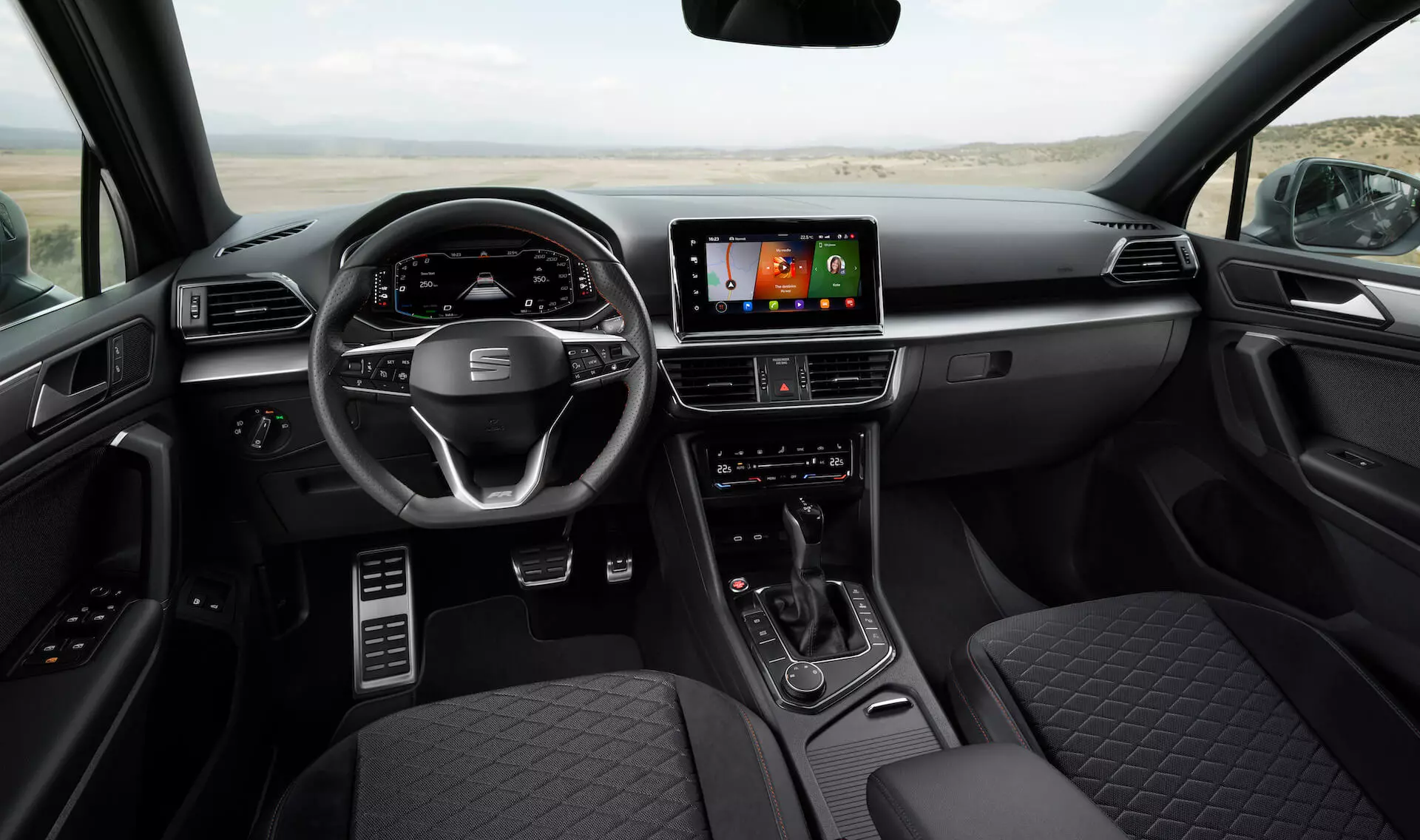
These proposals are inherited from other versions of the Tarraco, but in this e-HYBRID version they have specific information about the vehicle's operation, especially with regard to battery status and autonomy in 100% electric mode.
Through the SEAT Connect app, it is also possible to remotely control the charging process through the e-Manager, as well as pre-program the air conditioning for the departure time.
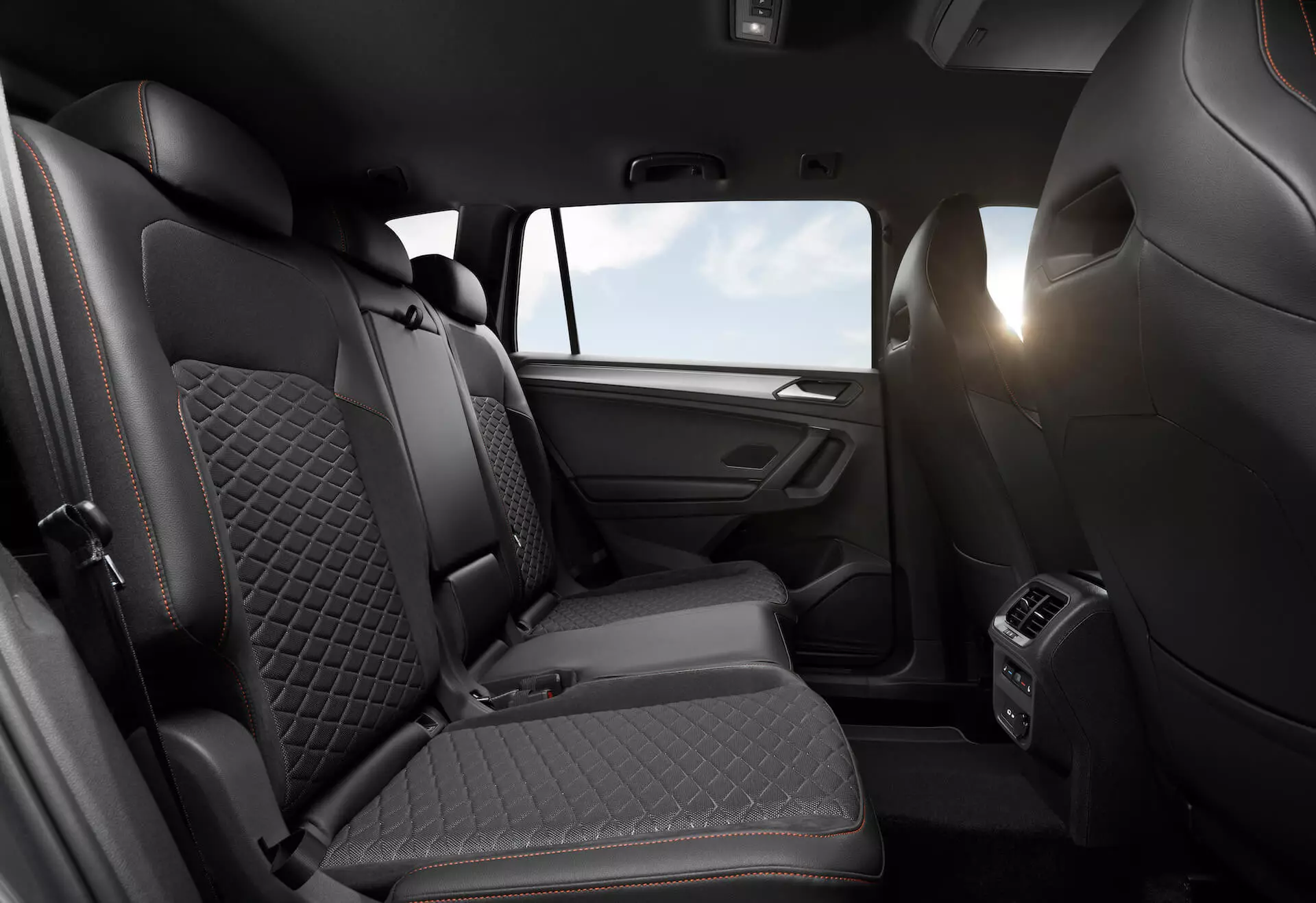
only 5 places
The plug-in hybrid version of the SEAT Tarraco is only available in a five-seat configuration, unlike the variants equipped with an internal combustion engine that can provide up to seven seats.
The explanation for this decision is simple and is related to the battery. In order to “fix” the 13 kWh lithium-ion battery, SEAT used precisely the space occupied by the third row of seats and the spare tire, and also reduced the fuel tank to 45 liters.
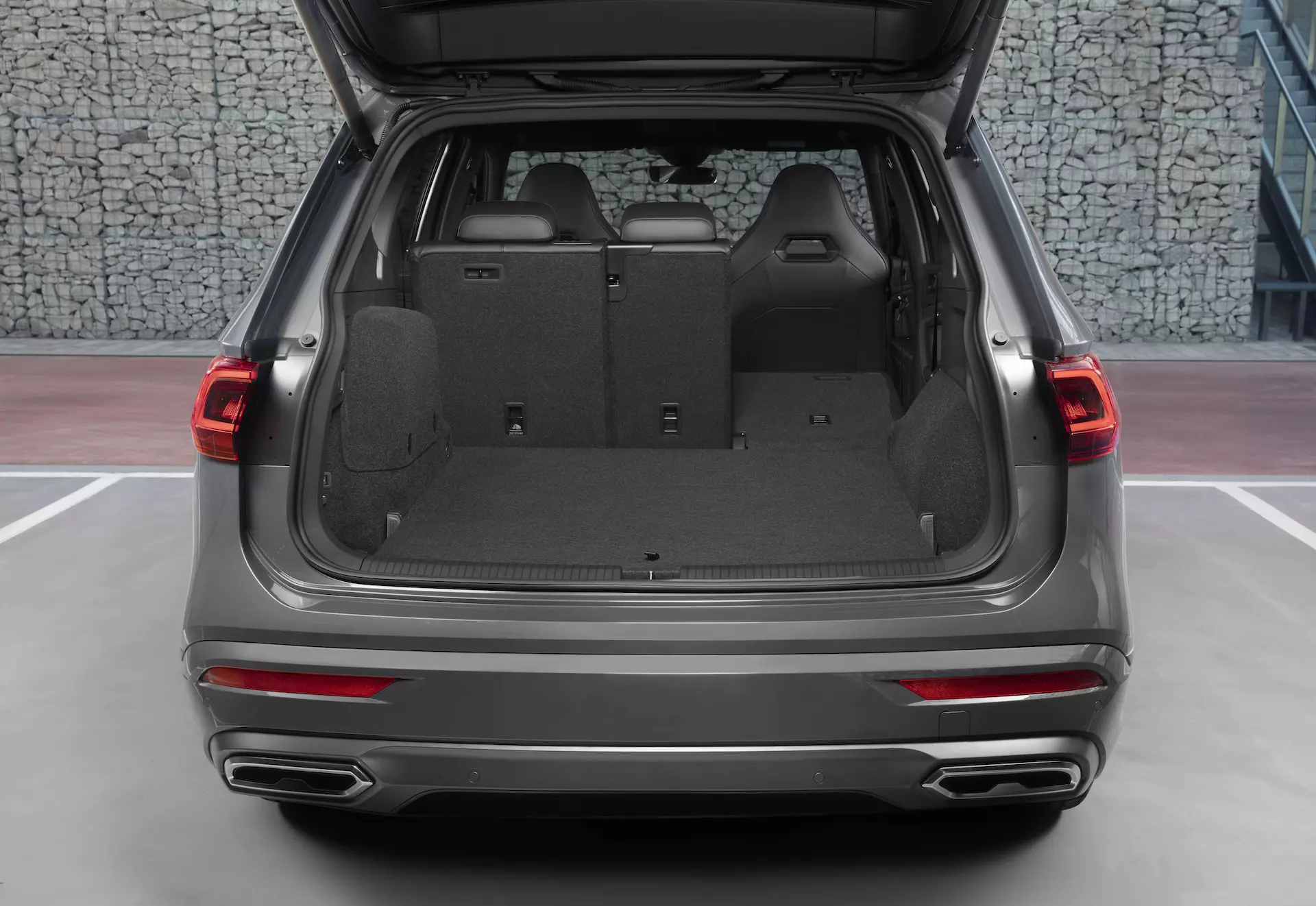
The mounting of the battery also made itself felt in the trunk, which saw the volume of load go down from 760 liters (in the 5-seater diesel or petrol versions) to 610 liters. It's a considerable difference, but believe me, it doesn't pinch the familiar skills of this Tarraco, which continues to offer plenty of room.
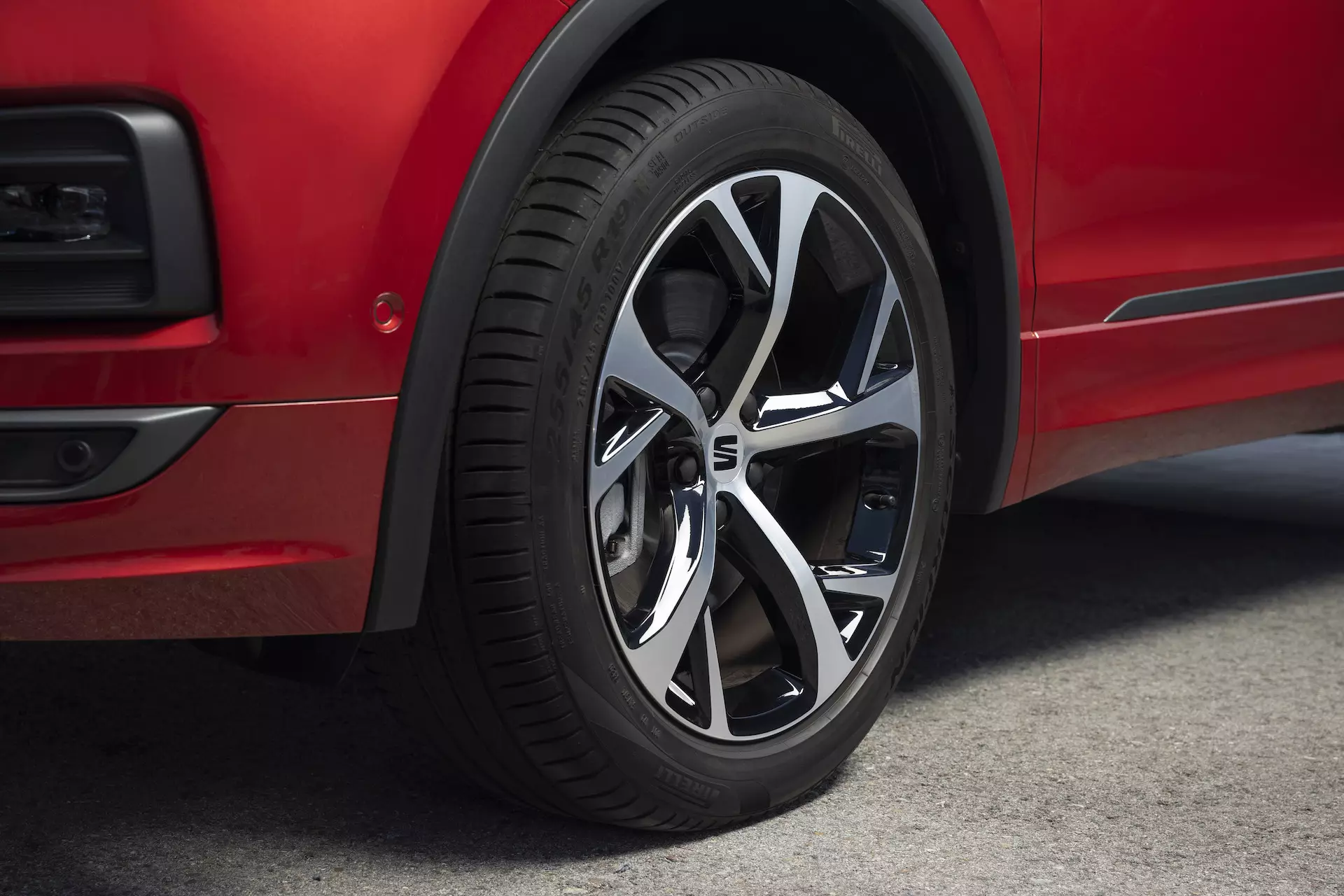
49 km purely electric
It is in the mechanical chapter that the Tarraco e-HYBRID stands out from the “brothers” with a combustion engine, as it combines the 1.4 TSI 150 hp engine with a 115 hp (85 kW) electric motor powered by the lithium-ion battery with 13 kWh.
All in all, the Tarraco e-HYBRID has a maximum combined power of 245hp and a maximum torque of 400Nm, “numbers” that are sent exclusively to the two front wheels — there are no all-wheel drive versions — via a DSG box with six speeds.
SEAT claims a 100% electric autonomy of up to 49 km (WLTP cycle) for the Tarraco e-HYBRID, which always starts in electric mode as long as the battery has enough charge. Thanks to all this, the SEAT Tarraco e-HYBRID announces CO2 emissions between 37 g/km and 47 g/km and consumption between 1.6 l/100 km and 2.0 l/100 km (combined cycle WLTP).
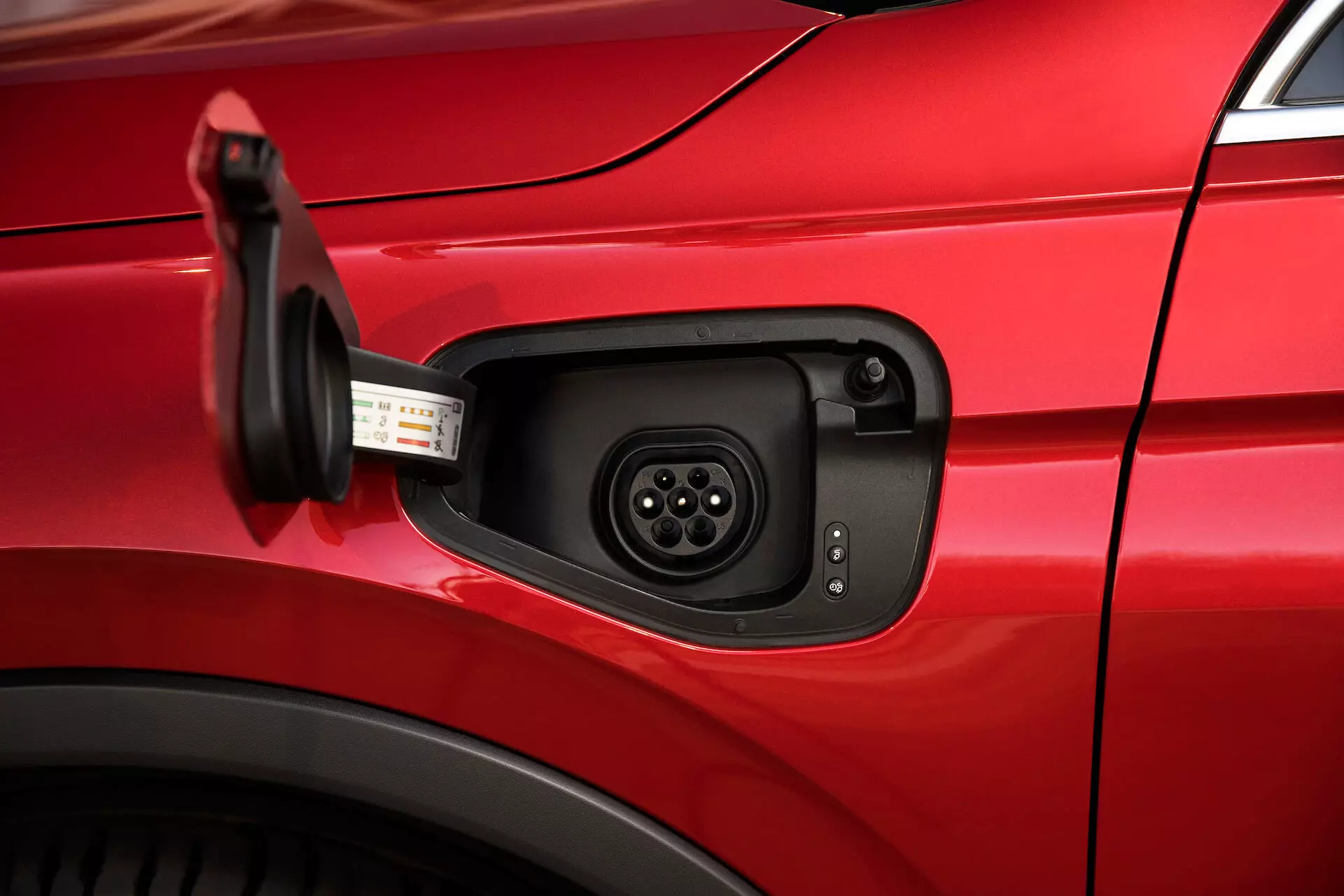
With regard to charging, through a wallbox with 3.6 kWh it is possible to recharge the battery in 3.5 hours. With a 2.3 kW outlet, charging time is just under five hours.
Driving modes for all tastes
The Tarraco e-HYBRID always starts in 100% electric mode, but when the battery drops below a certain level or if speed exceeds 140 km/h, the Hybrid system automatically kicks in.
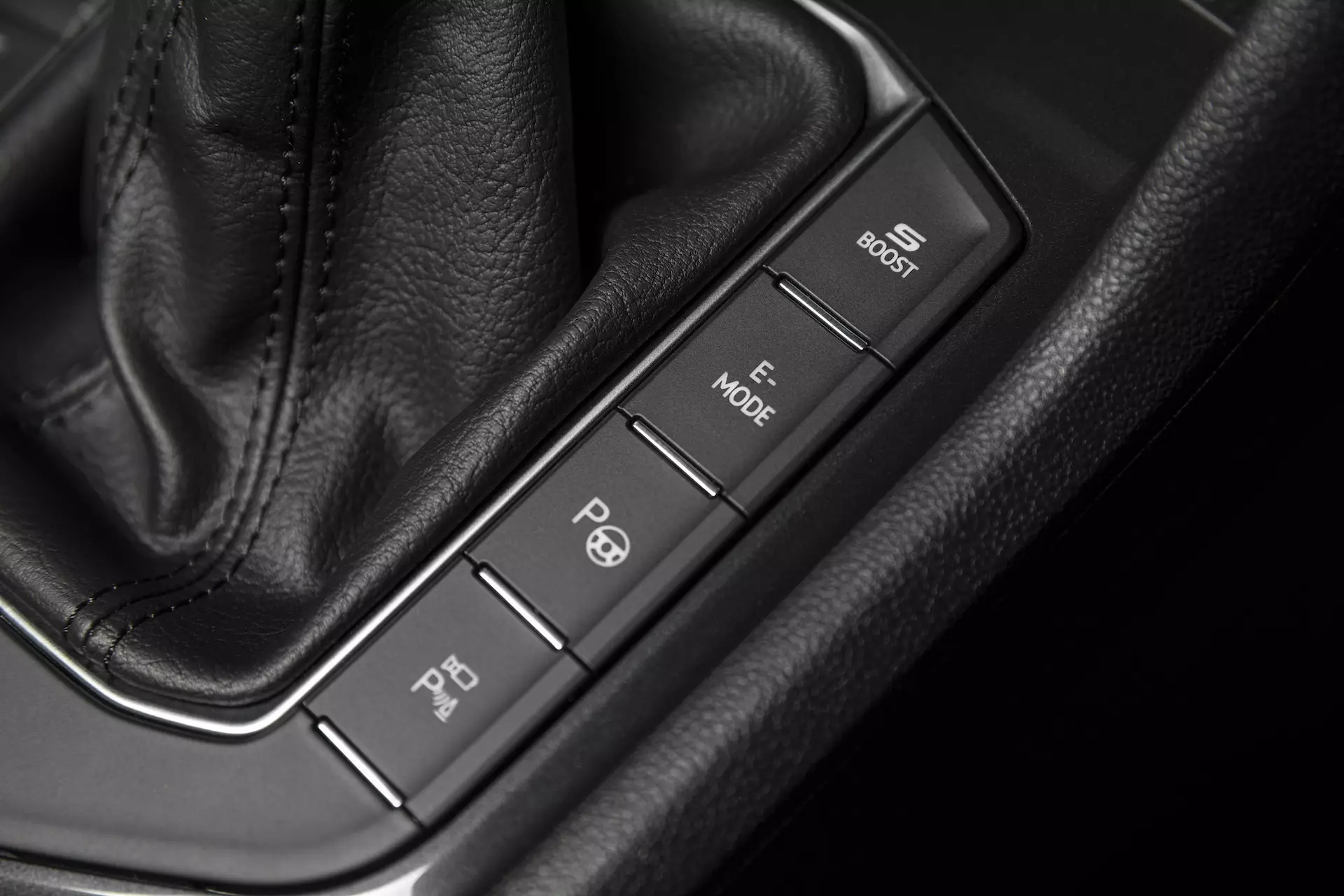
In addition to the Hybrid mode (can be automatic or manual), we also have the s-Boost mode (more sporty) and e-Mode, ideal for city driving in 100% electric mode. It is also available — through the infotainment system — an option that allows you to “keep” 100% electric autonomy for later use.
In addition to all this, the Tarraco e-HYBRID also has three regenerative braking levels (can be adjusted via the infotainment system) and four driving modes selectable via the rotary control in the center console: Eco, Normal, Sport and Individual.

And the dynamics?
By mounting the electric motor at the front, next to the gearbox and the 1.4 TSI engine, and the lithium-ion battery at the rear, next to the fuel tank, SEAT says it has achieved a more balanced mass distribution for this Tarraco and -HYBRID, which has a MacPherson suspension at the front and multi-arm rear.
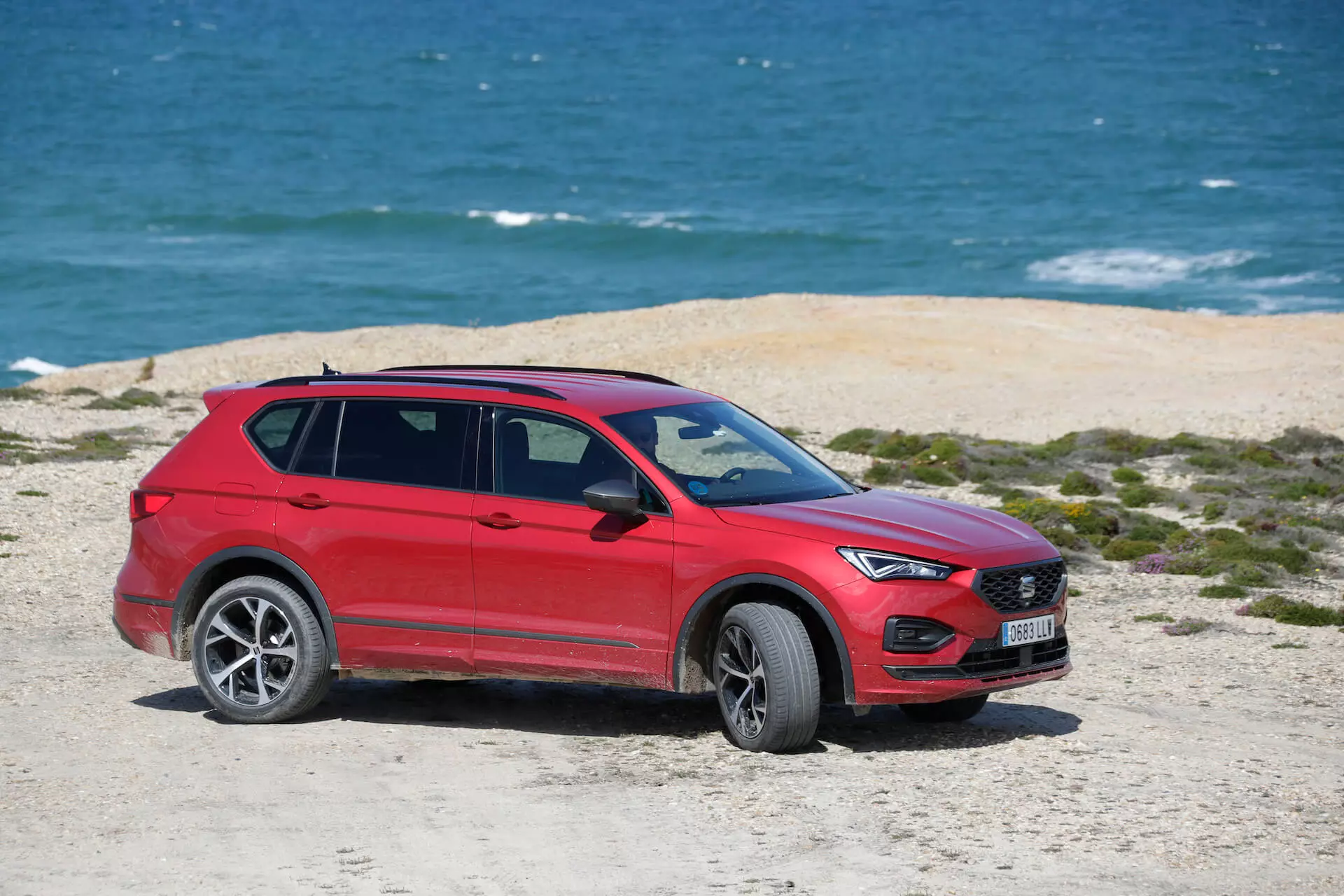
However, the FR version, with a sportier character, has a firmer suspension and that was precisely what we had the opportunity to drive in this first contact with the Spanish SUV.
On the road, this electrified Tarraco proved to be in a very good plan. The power delivery is very progressive, but instantaneous, and even though on paper this SUV's records aren't enough to impress — 0 to 100 km/h in 7.5s and 205 km/h of top speed — on the road it seems fast.
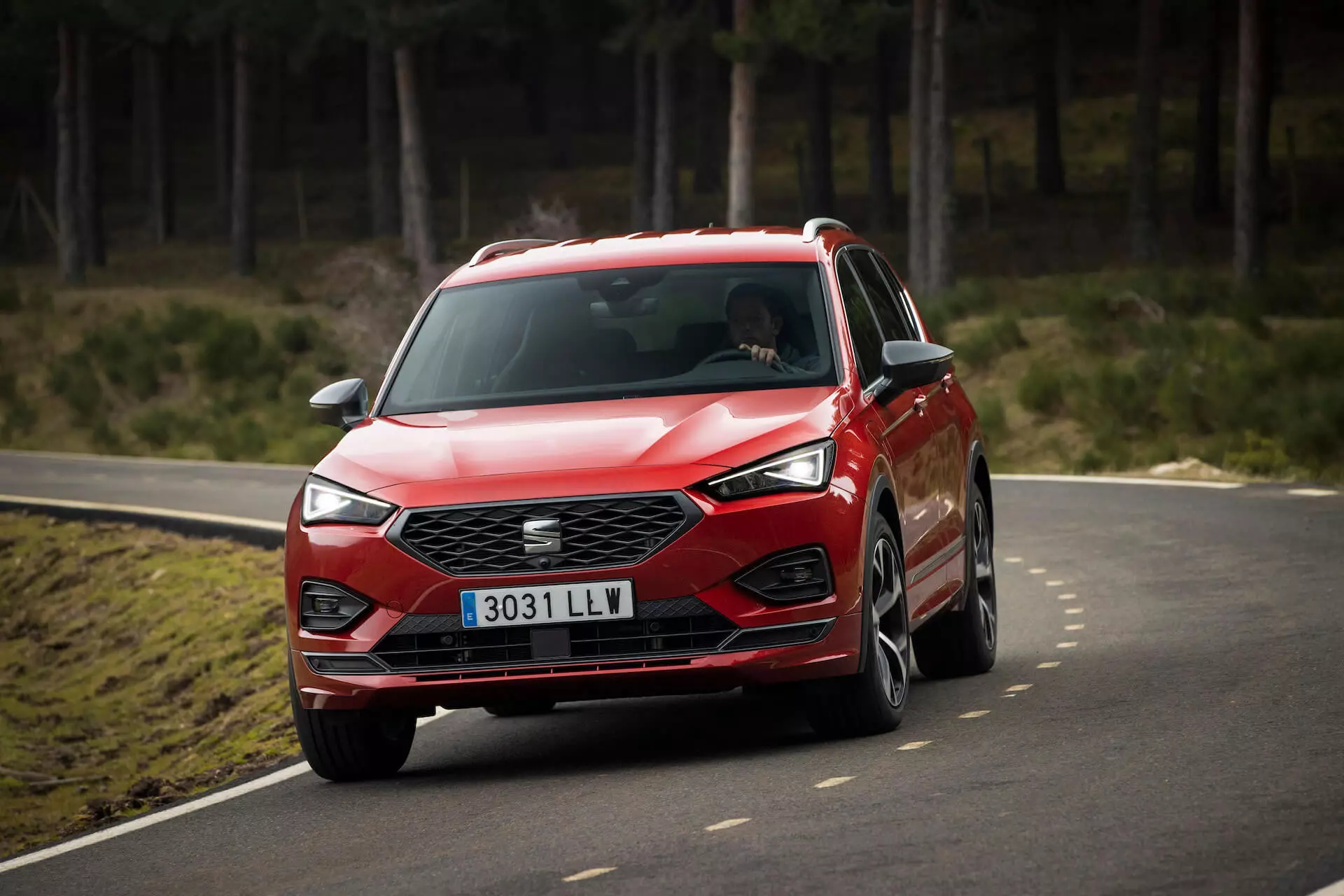
The route chosen by SEAT Portugal for the national presentation of the model included a section full of curves — as we like — next to Lagoa de Óbidos and even “slightly pushing the bar”, this Tarraco e-HYBRID always showed excellent balance, levels of very high grip and, even more surprising, an almost zero body bearing.
How did you “behave” off-road?
But what caused him to shine on the road, threw him slightly out of foot by the bad ways. The course of this presentation included passages through dirt roads in worse condition and a small incursion through sand.

Even the FR version, like the one we tested, which features sportier bumpers and 20-inch wheels, overcame all these obstacles without even “perspiration”. However, the firmer grip of the suspension and the sportier cut seats proved to be somewhat tough for this task. I believe that Xcellence versions are more comfortable on this type of floor.
But despite this “appointment”, and even not counting with four-wheel drive versions, the Tarraco e-HYBRID showed that it does not refuse a challenge by bad roads, not even in the sand, where the “trick” is almost always to maintain a constant acceleration.
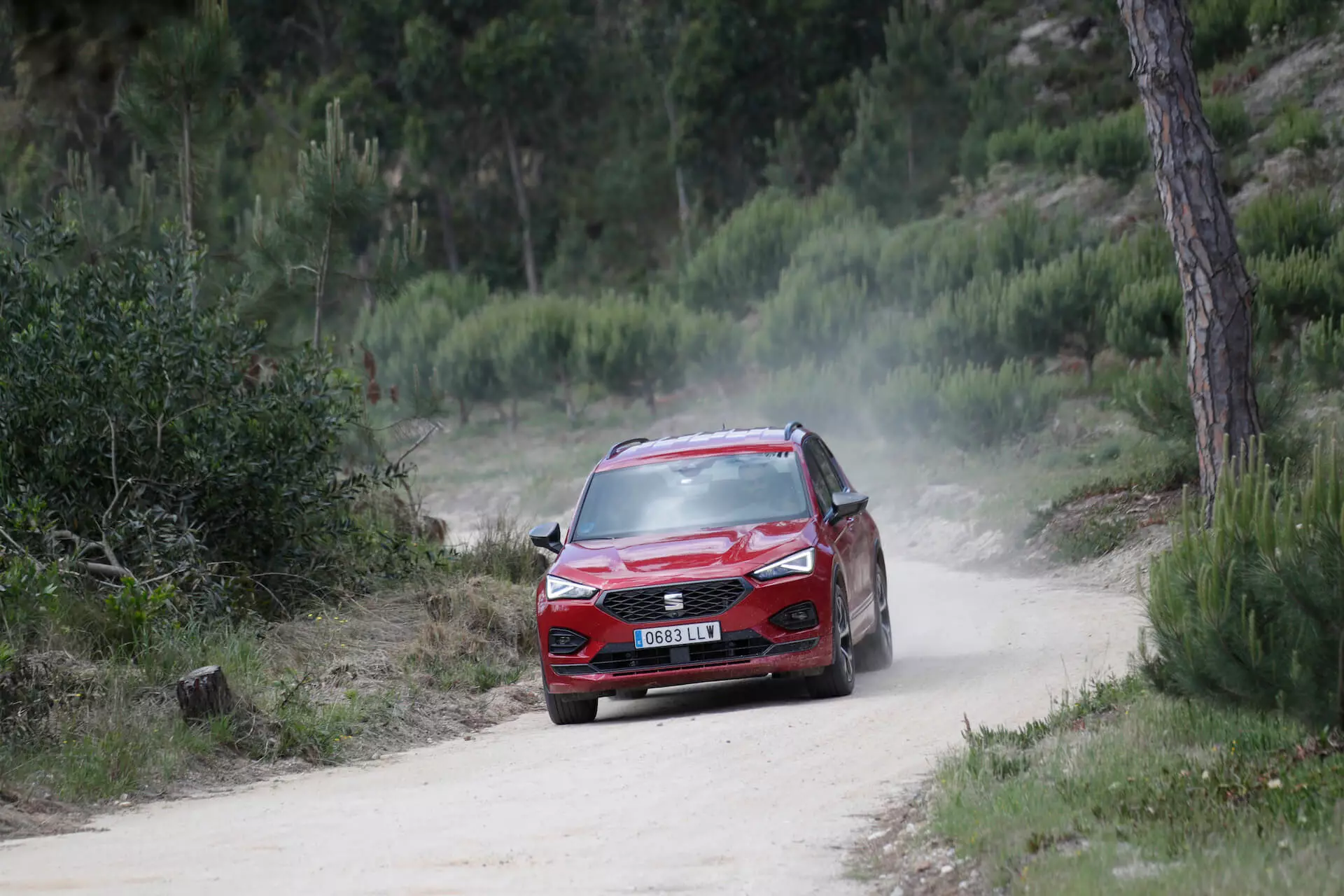
What about consumptions?
At the end of this presentation, the Tarraco e-HYBRID I drove had recorded 61 kilometers “free of emissions” and had an average consumption of 5.8 l/100 km.
I mostly rode in Eco mode — but I also tested Sport mode and s-Boost — and at moderate speeds, but the hybrid system proved to be very effective, especially in harnessing the energy generated during deceleration and braking. However, a large part of this presentation was made on the motorway, which meant that the final average consumption was slightly higher.
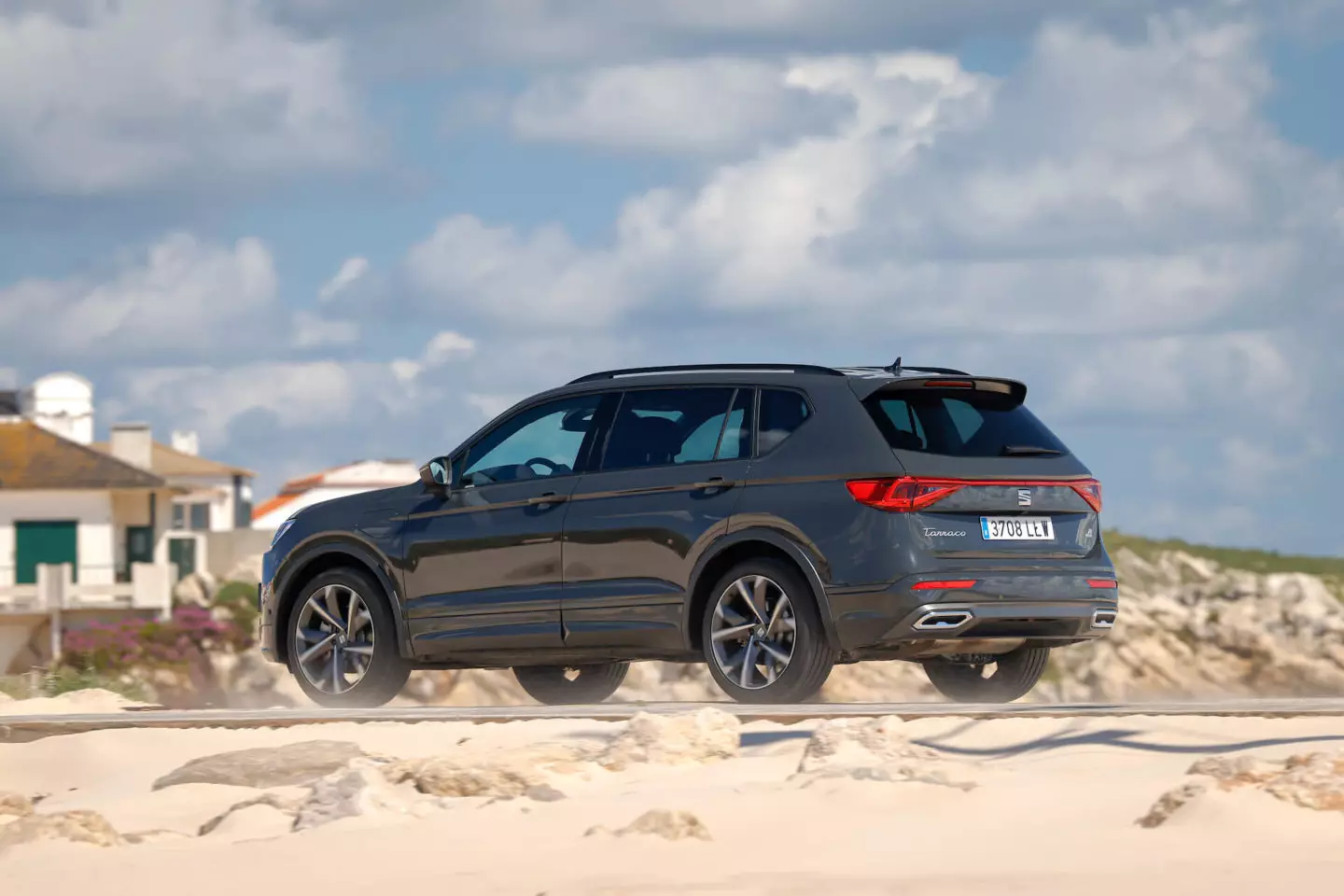
Prices
Scheduled for arrival on the domestic market in June, the SEAT Tarraco e-HYBRID will be available in two equipment levels: Xcellence and FR. The Xcellence version starts at 47 678 euros . The FR, which has a more sporting character, starts in the 49 138 euros.
